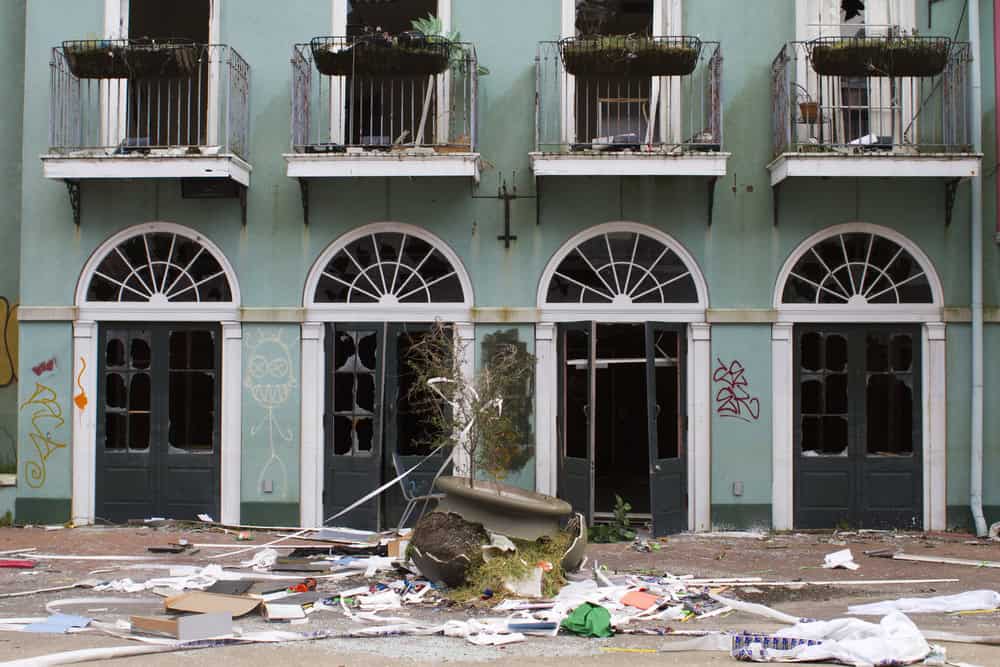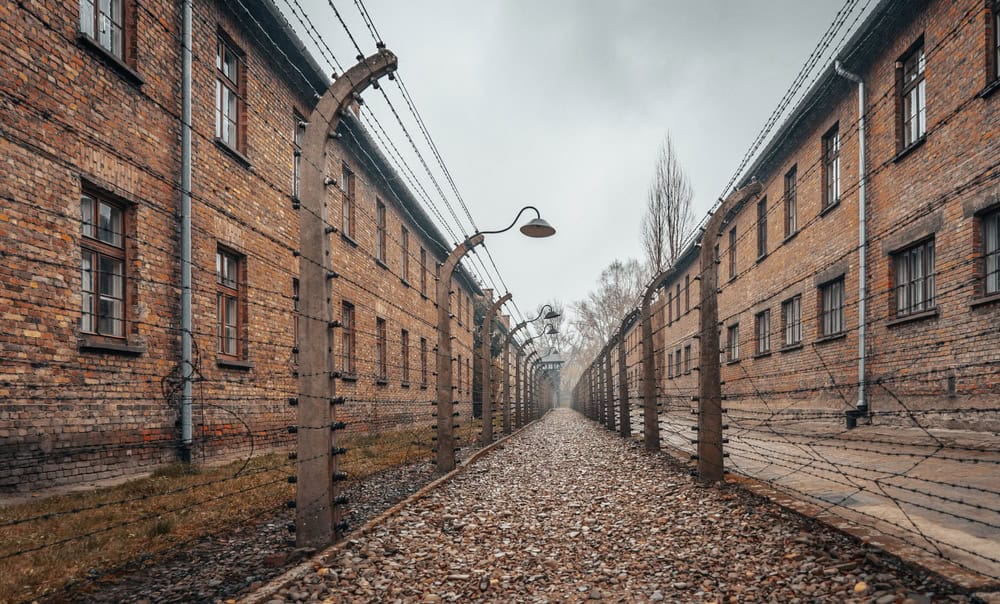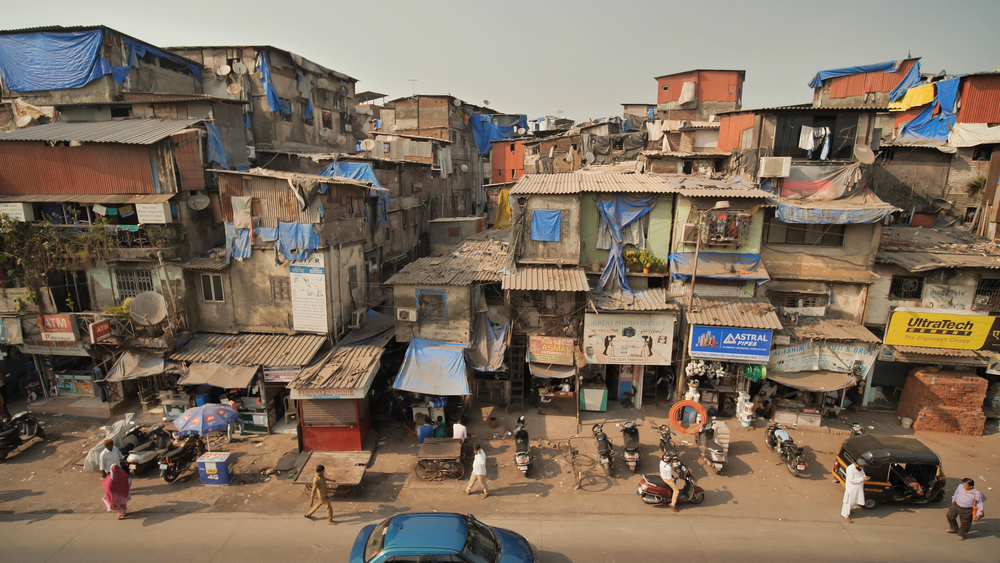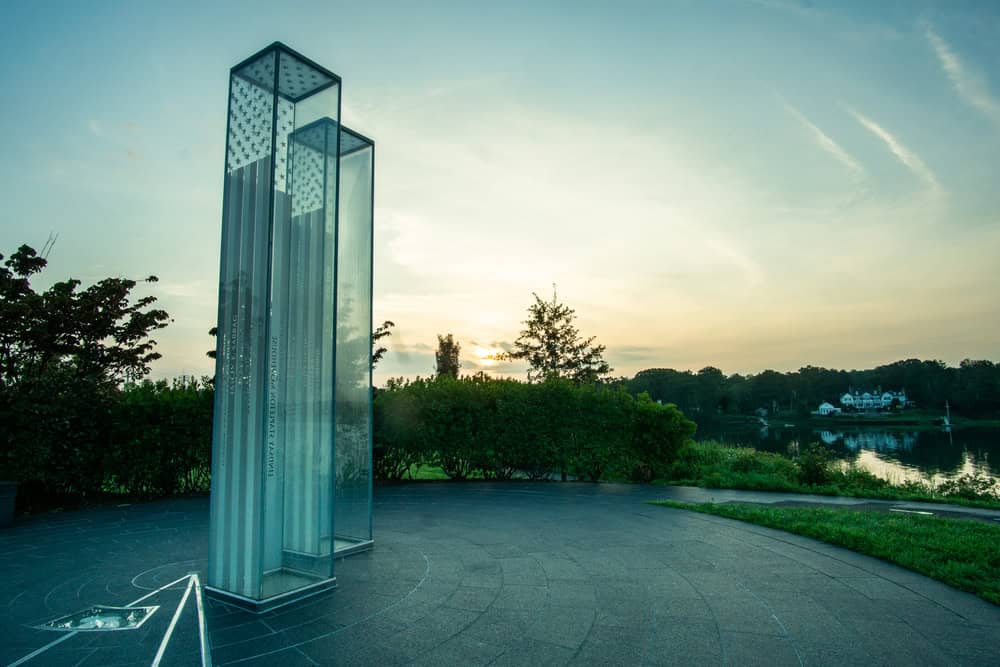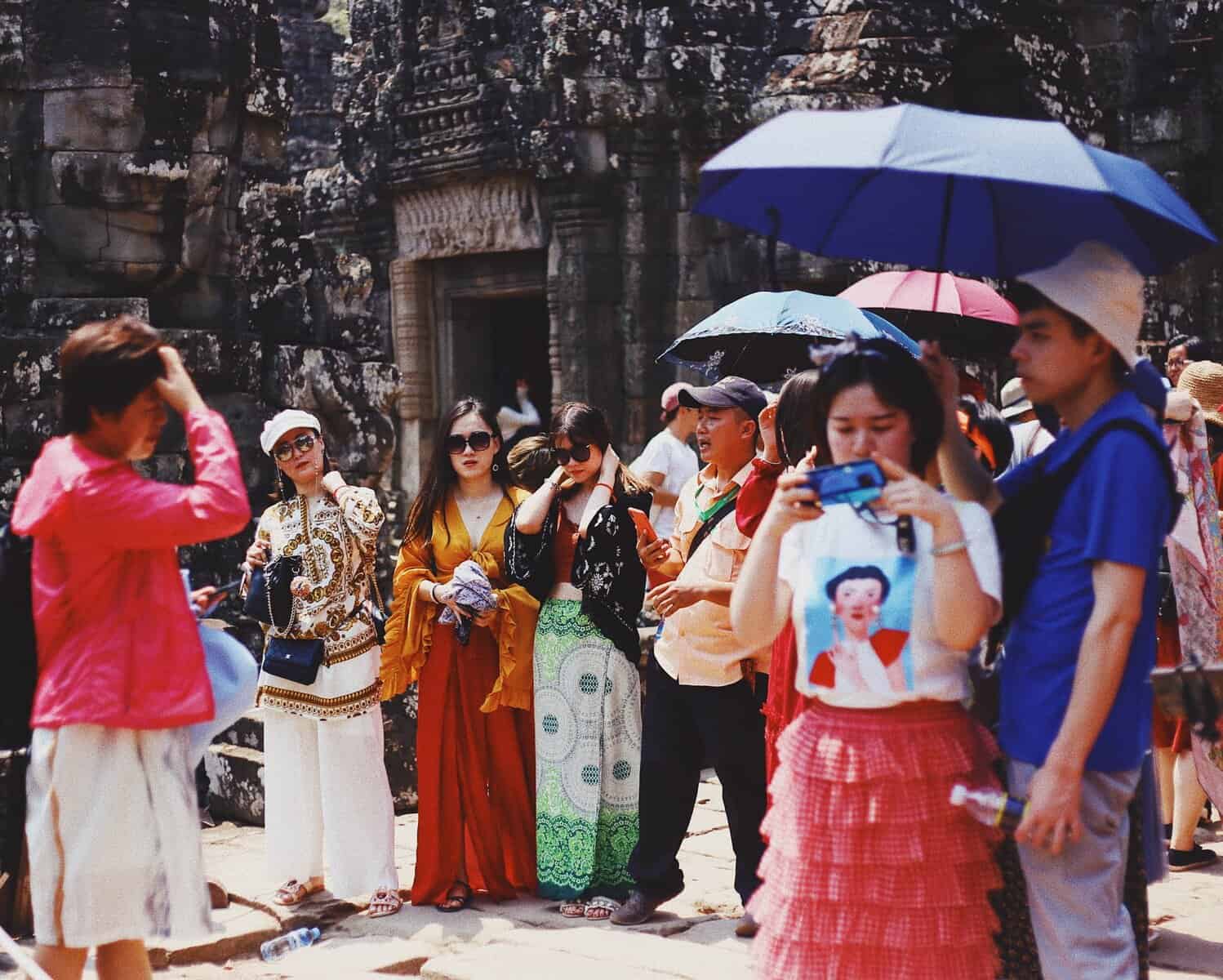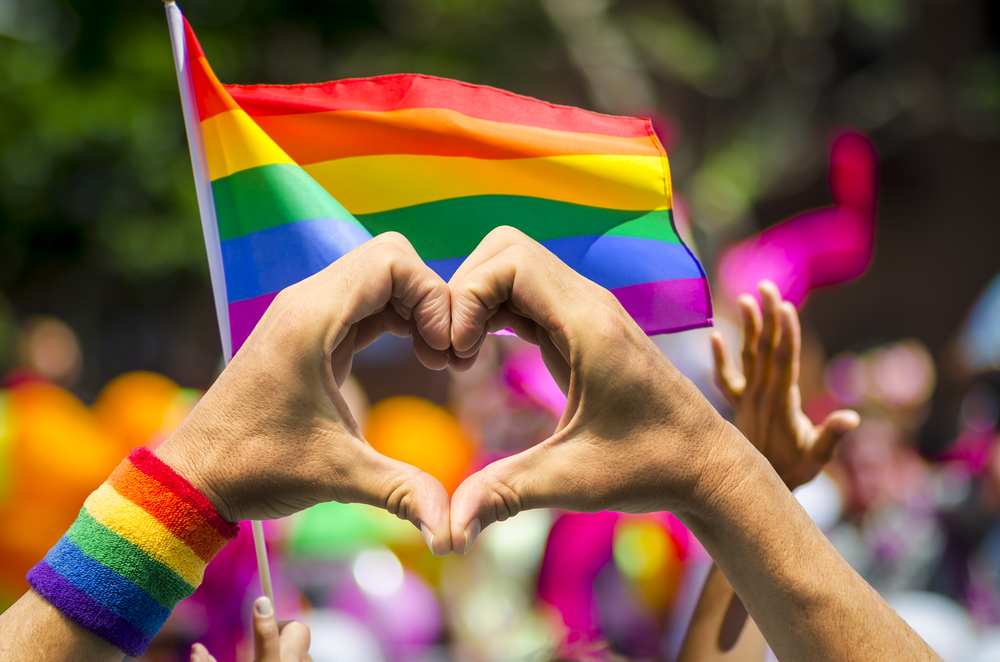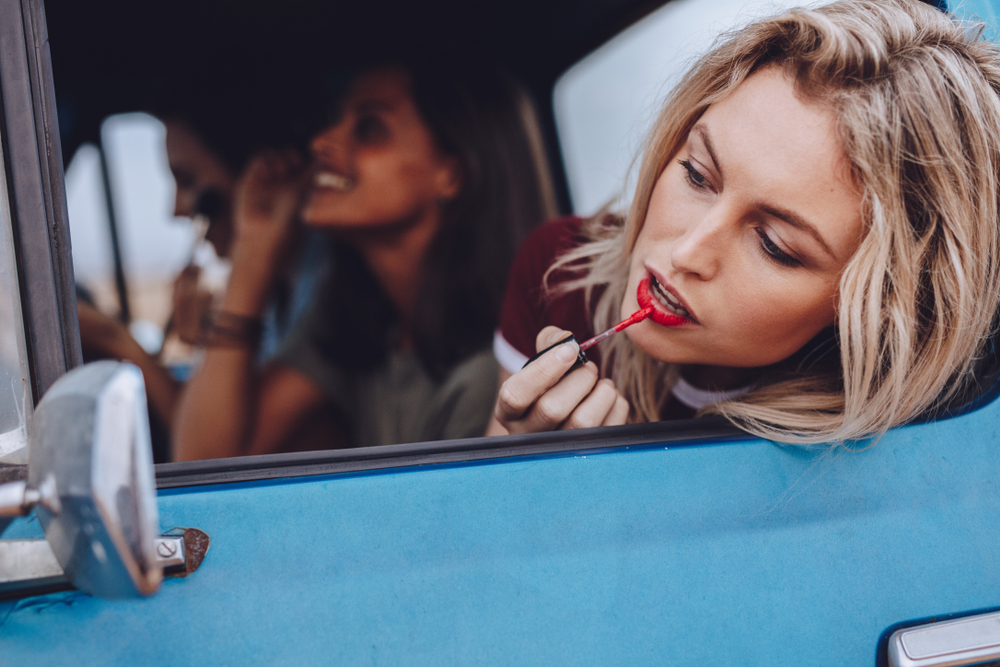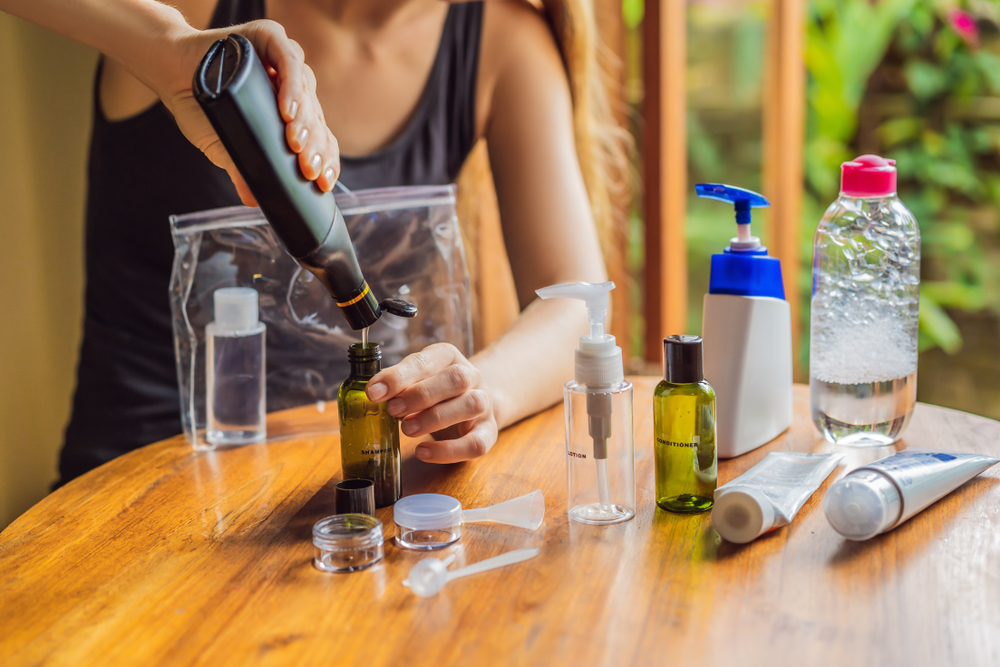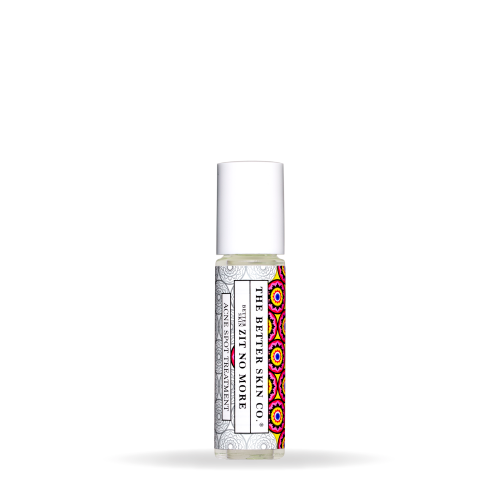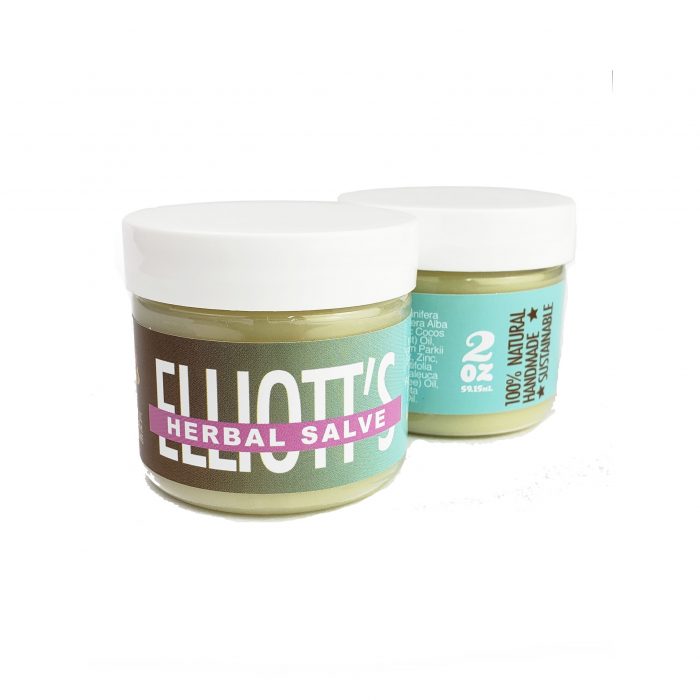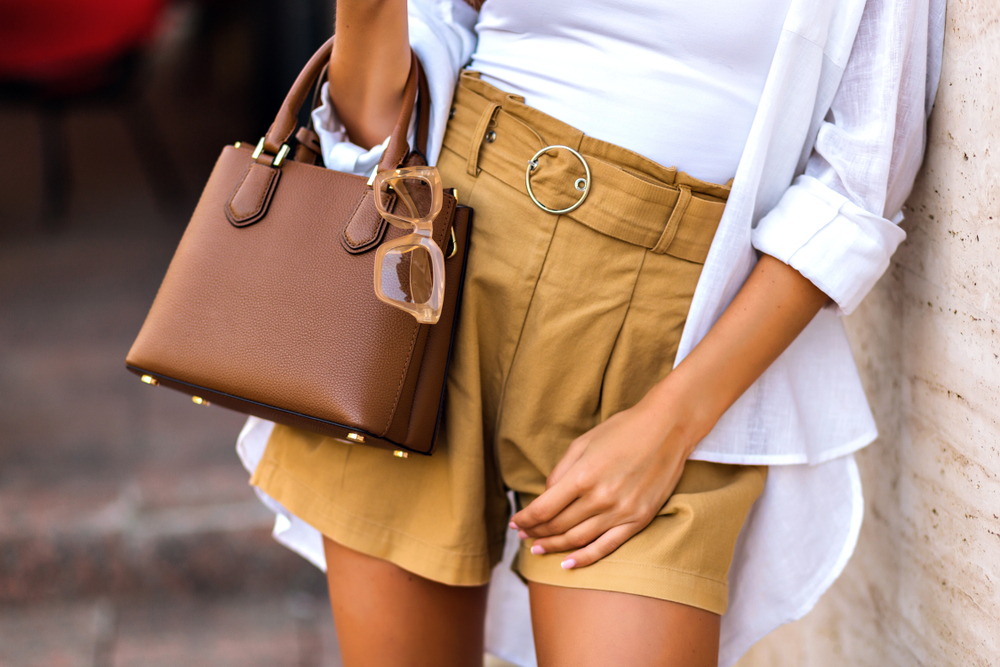Plan ahead with The Solo Female Traveler Network and learn about what visas are for, which one is best for you and how to get the one(s) you need.
What Exactly are Visas For?

The word “visa” is a buzzword when you travel frequently, but have you ever thought about what visas are REALLY for?
A visa is a travel document issued by a foreign country to an individual who resides from another country. For the most part, imposing visa requirements is a security measure for countries to keep track of who is visiting and to ensure they are complying with immigration laws and regulations. They also make sure that foreigners are legally authorized to enter and stay in a country for a certain period.
Each country has its own visa requirements and purposes. However, when you simply break down the purpose of a visa, it’s the MOST important document (besides your passport) that will allow you to enter a country!
Different Types of Visas

The most common visas you will come across as a solo female traveler are tourist visas, working visas and student visas. Surprisingly, there are several other visas you may be able to apply for as well.
We’re here to break down the different types of visas so you can have a clear idea which one you should acquire for your next trip!
Tourist Visas
A tourist visa usually allows individuals to visit a country for a certain period of time for recreational purposes, leisure or vacation. Typically, tourist visas grant visitors 30-90 days to visit a country, but it varies for each country. Tourist visas are often the easiest and most common visa to acquire as a traveler.
WORK VISAS
Working holiday visas allow young people to travel abroad and work while they are there to help fund their travels. There are typically age restrictions on these visas and they often allow foreigners to stay in a country for 6-12 months. The most popular countries for working holiday visas are New Zealand, Australia, Canada, Ireland and Japan.

Business Visas
A business visa allows visitors to travel for business related purposes such as meetings, conferences or professional development. These visas often have restrictions, but are a great way to quickly sight-see while you are on a business trip.
Student Visas
If you are still in school, studying abroad with a student visa is one of the best ways to travel! Student visas allow individuals to study at an educational institution for several months to several years depending on the situation. Oftentimes, students can also work part-time while they are in the country to help fund their studies.
Digital Nomad Visa
For all the remote workers out there, a new digital nomad visa is on the rise! This visa caters exceptionally well to freelancers, entrepreneurs and business owners. It allows individuals to reside in a country while working without a traditional employment sponsorship. Learn more about the digital nomad visa requirements and what countries offer it.
Transit Visa
Sometimes during a layover, travelers will need a transit visa. This visa allows foreigners to pass through a country on their way to their final destination. There are usually strict restrictions including a short stay and oftentimes you cannot leave the airport or designated transit area.

Residency Visa
If you are looking to POST UP and stay in a country LONG-TERM, this is the visa you should have a goal to acquire! A residency visa can grant permission for an individual to reside permanently in a country. This visa includes getting involved with immigration authorities and taking several steps. Make sure to do your research for the specific country you desire to reside in and take the correct steps.
Less Common Visas
Some other less common visas for typical solo female travelers include investor visas, family visas and medical visas. Check out the Worldwide Travel Visa Guide to learn about a variety of other visa options you may be able to acquire.
How to Acquire a Visa

Since each country has different visa requirements, it’s necessary to find out which specific visa you will need. Once you have decided the type of visa you want for traveling, it’s time to tackle how to acquire the correct visa for the destination you are visiting.
Research! Research! Research!
Before you spend all your precious money booking your flight, make sure you do your research to find out if you can obtain a visa for the country you want to visit. A simple google search can usually give you the answer, but some more extensive research will give you validation.
One top-notch resource online that can quickly give you visa travel requirements is Sherpa Travel. By easily entering your travel details and dates, you can find out visa requirements, specific needs for passports and documents as well as health risks and requirements.
The most accurate way to find out visa requirements and how to apply for one is by utilizing government resources. Researching your country’s embassy or consulate regarding foreign travel requirements can solidify whether you can obtain a visa or not. Official government websites of your desired country will also provide you with the steps you need to take to obtain your visa.
Applying for a Visa
Now that you know which visa you need and how to get it, go ahead and BOOK THAT FLIGHT! Make sure the next task on your to-do list is figuring out if you need to apply for a visa… Don’t leave it for the last minute!
Tourist Visa Upon Arrival
If you have done your research and see that you can easily purchase or acquire a tourist visa upon arrival, the steps are pretty simple. Visas upon arrival usually require you to have the exact amount of cash you need at the port of entry to purchase your visa on site. Make sure to have your passport ready and cash in hand when you go through immigration at the airport or border crossing. If you are lucky, some tourist visas upon arrival are free!

Apply for an E-Visa Online
The most common way to acquire a visa that isn’t a “visa upon arrival” is by applying for an e-visa online. Countries will provide a secure online platform through a government site for you to follow the application process. Oftentimes they will send the visa directly to your email address or your visa will be digitally linked to your passport. Follow instructions carefully and make sure to double check all your personal information before you submit your application.
Snail Mail Sticker Visa
Sticker visas aren’t quite as common as they used to be due to the world wide web, but if you need to apply for a sticker visa for your passport – plan ahead! This type of visa often requires individuals to apply in person at an embassy or consulate. Whether you are able to apply for a sticker visa online or in person, do it WEEKS or MONTHS before your trip. This is a slow process since your sticker visa will arrive via snail mail. Once you receive your visa and review all the details, you will be ready to go!
Regardless of which visa you acquire for your travels, make sure to follow all visa requirements. We want to make sure you can go back to that country in the future and avoid paying any bothersome fines. Wherever your travels take you, avoid any bad consequences and don’t overstay your visa.
Happy travels from the SoFe family and best of luck on your visa acquiring adventures!

